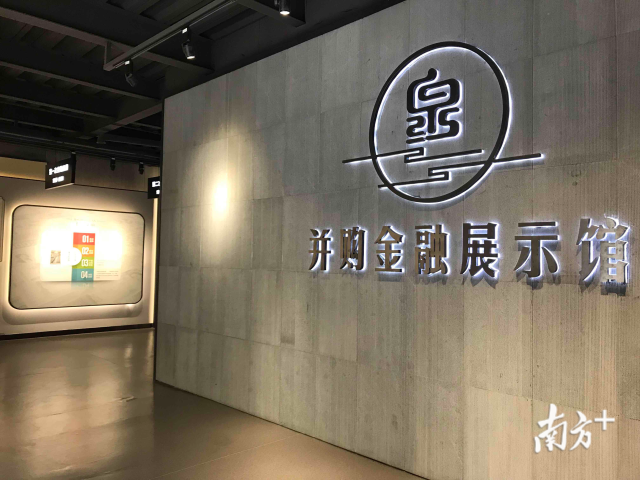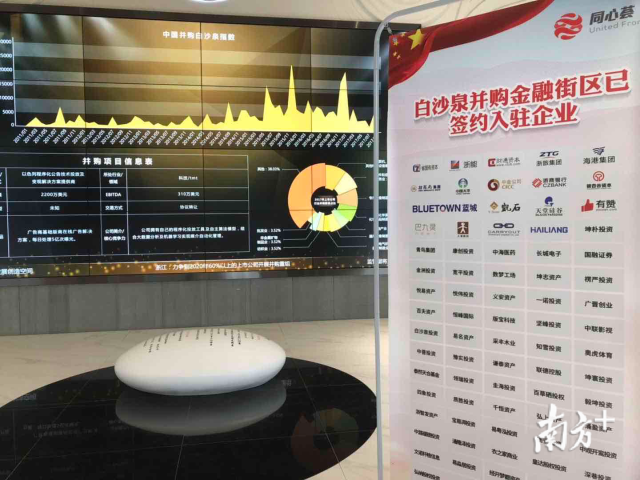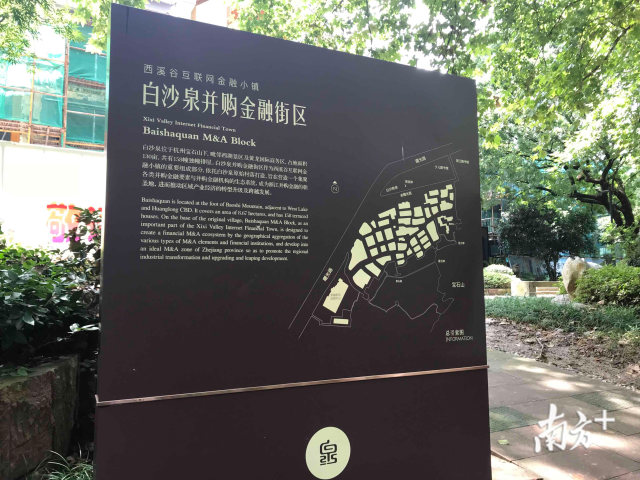This year Nanfang Daily reporters visited Shanghai, Zhejiang, Sichuan and other places to do the domestic research on finance. (Source: Nanfang Plus)
Guangdong has the most publicly listed companies in the whole country, but only in certain regions and sectors; on the whole the province’s leading listed companies have not exerted enough influence on driving industrial development. Guidance and service mechanisms for company acquisition and reorganization, and industrial transformation and upgrade all need to be improved. These represent the three major areas of the capital market of Guangdong province that were found to be sore points during an investigation conducted by Nanfang Daily reporters over the past few months.
When interviewed, experts suggested that it is necessary to further optimize the distribution of listed companies in Guangdong, and encourage more high-tech enterprises and leading companies in local industries that are already strong, to go public. Furthermore, leading enterprises are expected to drive development of the industry as a whole.
Planned by Xie Meiqin, Luo Yanjun, Zhang Ying, Guo Jiaxuan, Chen Ying
Reported by Zhang Jun, Guo Jiaxuan, Tang Liuwen, Tang Zitian, Peng Lin, Guo Jingyi (Intern)
Edited by Wing, Nan & Simon
This year Nanfang Daily reporters visited Shanghai, Zhejiang, Sichuan and other places to do the domestic research on finance. (Source: Nanfang Plus)
Encourage emerging companies to be listed
Guangdong Yueyun Transportation Company is a Hong Kong-listed subsidiary of Guangdong Transportation Group. Chairman Xuan Zongmin explained that his company now is attempting to be re-listed under the guidance of the Group, aiming to raise more funds so as to establish an integrated platform for travel services and propel the group’s overall development strategy.
Guangdong Yueyun Transportation Company Limited is just an example. By the end of September in 2018, there were 583 A grade listed companies in Guangdong, ranking first in the country. Among them, those in the manufacturing sector account for about 70%. By the end of the same period, there were 1699 “New Three Board” companies listed in Guangdong, accounting for about 16% of the Chinese total and ranking highly among the provinces.
“The quantity and quality of listed companies in Guangdong are commendable; the Shenzhen Stock Exchange being located here, most listed companies are in Shenzhen. In the future, authorities should carefully consider how other cities like Guangzhou, Foshan and Dongguan can keep up with Shenzhen in this regard.” said Wang Yanming, Professor of Finance from Sun Yat-Sen University.
Moreover, some regulators admitted that most listed companies in the province are part of the traditional manufacturing sector and less high-tech enterprises are striving to go public. In the future, they hope to work with the government's financial sector to guide and serve more qualified high-tech enterprises to enter the capital market.
How can we further optimize the distribution of listed companies? Wang suggested that cities should develop industries according to their strengths, such as information technology in Shenzhen, pharmaceuticals in Guangzhou, and intelligent manufacturing in Dongguan.
Wang believes that Guangdong's pharmaceutical and medical device industries will certainly develop into world leaders, as will intelligent and high-end equipment manufacturing industries. Hence, he suggested that authorites focus on those industries with more funding and high-end talent, so as to establish an entire industrial chain, gathering a group of enterprises in both R&D and production.
This year Nanfang Daily reporters visited Shanghai, Zhejiang, Sichuan and other places to do the domestic research on finance. (Source: Nanfang Plus)
Encourage leading enterprises to spur on innovative SMEs
“It is not enough for a region to have a large number of listed companies, their quality is even more important. Their quality standard depends on their ability to drive the industry.” said Wang. Currently, the number of listed companies in Guangdong is large, but most of them cannot take a leadership role in the way Tencent does.
Experts at home and aboard are studying how to enhance leading listed companies’ ability to drive local industrial development. As well as notably successful attempts to do this in Silicon Valley, the city of Shaoxing in Zhejiang, has also used a leading listed company to lead the establishment of an industrial demonstration zone.
Shaoxing municipal government officials pointed to the way in which the city has strived to establish a professional and collaborative industry chain in which listed companies are in charge of R&D and sales while SMEs act as collaborative partners.
Wang offered two suggestions: first that it’s important for Guangzhou to support leading pharmaceutical and medical equipment enterprises. All sub-sectors including medicine, equipment and testing can be established in support of this. The second is to seek breakthroughs in the manufacturing industry, especially for advanced manufacturing and advanced equipment manufacturing industries.

This year Nanfang Daily reporters visited Shanghai, Zhejiang, Sichuan and other places to do the domestic research on finance. (Source: Nanfang Plus)
Promote acquisition and reorganization in the manufacturing industry
Acquisition and reorganization is an effective way to develop a high-quality economy, and in manufacturing it is of the highest importance.
Wang acknowledged that Guangdong’s manufacturing sector is well developed, especially in Dongguan, Shenzhen and Guangzhou. The merger and reorganization of enterprises has taken a very clear direction.
Wang suggested that the government should focus instead on providing specific service and guidance to enterprises, rather than broader leadership: the government may consider introducing specialized institutions offering professional advice.
The Shenzhen Stock Exchange has also promoted mergers & acquisitions of listed companies this year, from which Guangdong listed companies have naturally benefited. A spokesperson from the Shenzhen Stock Exchange mentioned that their next step is to improve the quality of these mergers & acquisitions in terms of optimizing the restructuring system and strengthening the supervision of performance commitment.
Since 2013, there have been more than 150 companies in manufacturing sector in Guangdong newly listed, accounting for about 80% of the total for the same period. Wang suggested that to further development in this area, it is imperative to cultivate and introduce a number of influential M&A funds and agencies at home and abroad.







